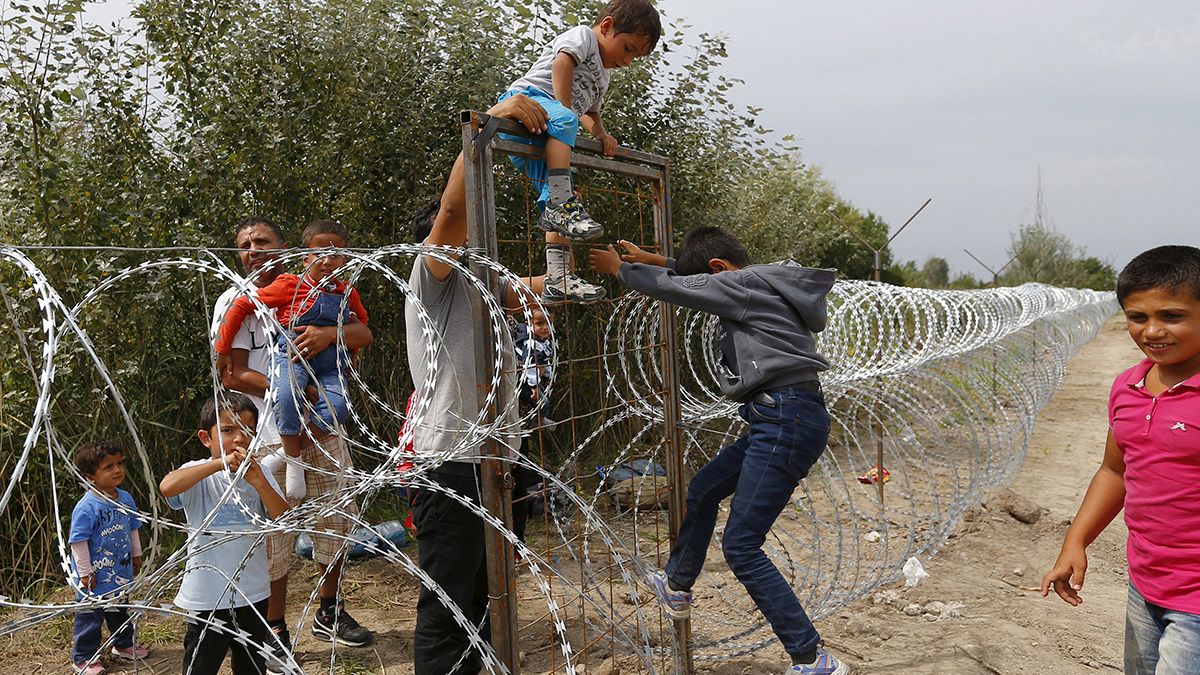EU rules on granting political asylum have collapsed under the pressure of an unprecedented wave of migration. immigrants
EU rules on granting political asylum have collapsed under the pressure of an unprecedented wave of migration.
Migrants and refugees mainly come from African or Middle Eastern countries such as Syria or Iraq. These people try to enter the Schengen area because this area represents for them the freedom to cross borders without the need for visas or passport checks.
But ultimately, what is the Schengen Area?
In June 1985, five member states – France, Belgium, West Germany, Luxembourg and the Netherlands – signed an agreement allowing the free movement of goods and people. This will bring down the borders between these countries. The treaty is named after the small city of Schengen in Luxembourg, where it was signed.
The agreement was completed in 1990 and entered into force in 1995.
Currently, the Schengen Area covers 26 European countries, 22 of which belong to the European Union: Portugal, Germany, Belgium, Czech Republic, Denmark, Estonia, Greece, Spain, France, Italy, Latvia, Lithuania, Luxembourg, Hungary, Malta, the countries Netherlands and Austria. Poland, Slovenia, Slovakia, Finland and Sweden.
Non-EU countries include Iceland, Liechtenstein, Norway and Switzerland.
Bulgaria, Croatia, Cyprus and Romania are the countries nominated to join the Schengen Area. The United Kingdom and Ireland remain outside.
The treaty allows freedom of movement for more than 400 million people, whether they are European citizens or residents of Europe.
Nationalists blame the Schengen Area for the ease with which migrants and refugees travel from southern to northern Europe.
In 2004, in order to ensure the security of the entire common area, the European Council established the European Border Control Agency.
Frontex's budget amounts to 114 million euros, which represents a drop in the bucket of migrants that Europe is suffering from.
